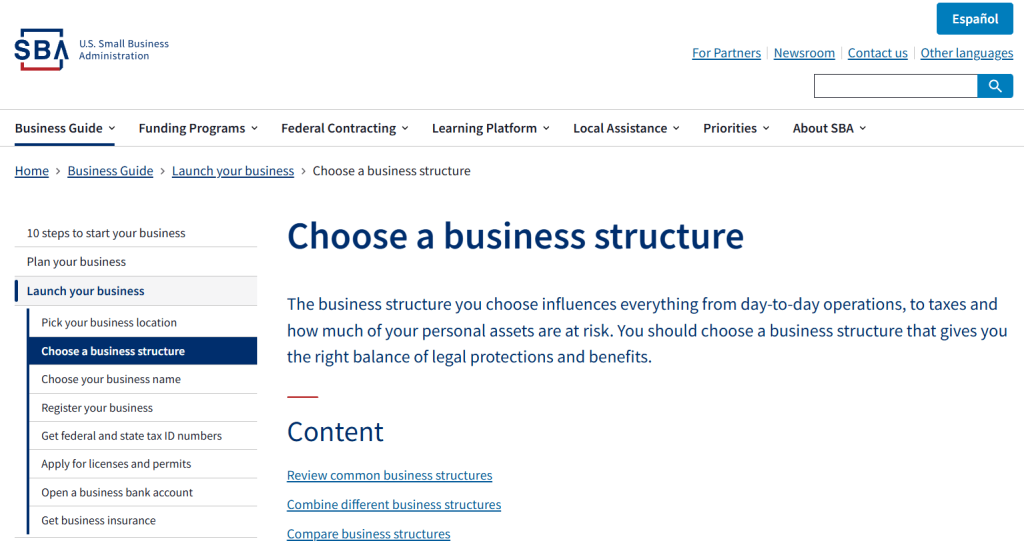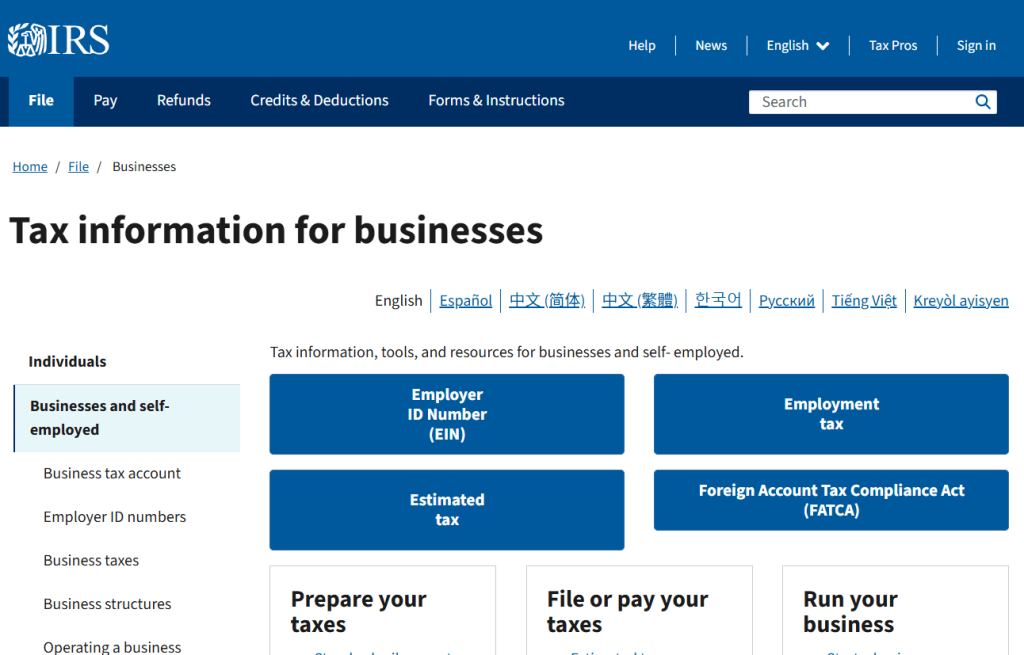Whether you’re a life coach, a financial guru, a tech expert, or a spiritual teacher, having an online coaching business is essential.
Knowing the steps and the niche you want to be in and having the right tools to help you conduct your online coaching are essential if you want to monetize your online coaching business.
Of course, you’ll have to decide on a name, but we’ll outline the steps to start an online coaching business even if you have little to no experience.
KEY TAKEAWAYS
- Starting your own online coaching business starts with understanding your niche and fulfilling the legal requirements for the business.
- Creating an online presence is essential if you want to grow your business.
- Setting up your coaching business requires you to choose the right online platform to start, and the best way is to find a platform that offers other features in addition to the basic features, such as 1-on-1 coaching and live chat.
How to Start and Grow Your Online Coaching Business Step-By-Step
Developing a model for a successful online coaching business isn’t difficult, but there are many components involved. When done correctly, it can become a way to make a living coaching others.
When starting a coaching business, it will be much easier if you are smaller or as an individual, but regardless of the size of your business, creating and selling your service on the right platform is the key to succeeding and getting new clients.
1. Decide on a Name For Your Coaching Service
The very first and most important thing is to decide on a name for your coaching business. This is going to be your brand, so it should be something catchy and memorable. But it should also be meaningful and simple, and convey the company’s inherent message.
However, you want to guarantee that the name is available and that no one else has copyrighted it.
- Start by checking your name against trademark databases and seeing if the domain name is free.
- Consider how the name can fit into your marketing, promotion, and advertising.
- Considering how your name fits into your overall brand image.
2. Understand Legal Structure for Coaching Business Growth
How you wish to set up the structure for your online business is going to determine how you register with the state (or even if you need to). While you should seek guidance from an attorney, the following list contains the five most common types of business structures:
- Sole Proprietor: This means the owner of the business and the business itself are the same person under the law. This person is responsible and liable for all obligations and debts. This is the simplest and most inexpensive to establish, with easy setup and operations.
- Partnership: In legalese, this illustrates an agreement between two or more individuals owning the company as a group. They share the profits and losses and are jointly liable for obligations and debts.
- Limited Liability (LLC): As the name suggests, this legal structure gives cover to the owner in terms of liability. People aren’t personally responsible for the obligations and debts, which provides management flexibility and taxation perks. However, not every state allows this.
- C Corporation: A structure such as this completely separates itself from the owners. It has its tax ID with the potential for shareholders. While this does offer the owners limited liability, it is subject to double taxation. Plus, it removes certain decision-making powers from the owners and puts them in the hands of shareholders.
- S Corporation: Along with limited liability, an S Corporation structure allows owners to pass their income through personal income tax returns. This helps to skirt double taxation, but the shareholder limitation does factor in here.

3. Develop Your Business Plan
Any coaching business needs to have a plan. Without it, everything will be random, with surprise expenses coming up at every turn. Having a business plan gives you the scope of your market supported by your strategy. It also gives a roadmap with a solid direction while forcing you to consider funding. The items listed below are some points to include in a cohesive business plan:
- Company Overview: Tells the history of your coaching business, the industry of operation, and the milestones reached (or hoped to reach).
- Executive Summary: One paragraph that describes the entire business plan with an outline of key details for company operations.
- Financial Plan: Of every point on this list, you should definitely include a financial plan. This will flesh out things like startup costs, operations expenses, revenue generation, potential sales, and fundraising over the next five years.
- Plan of Operations: List the processes you’ll use for daily operations. This includes staffing, technology, and in-house procedures. However, you also want to mention a timeline you project for growth, displaying potential milestones within a certain number of years.
- Marketing Plan: Here, you’ll determine the exact products and/or services you’ll offer, as well as pricing, business location, and other methods for promotion.
- Industry Analysis: Document information about the industry in which you coaching. This means displaying the size of the field, the trends that affect it, and marketing research.
- Competitor Analysis: List direct and indirect competitors who are involved in the same niche as your company. Then, follow it with your ideas to build an advantage over competitors and the steps you will take to achieve that “edge.”
- Consumer Analysis: Detail who your target demographic is, along with the ideal customers, clients, and consumers you wish to attract. This should include things like gender, age, race, location, education, and income bracket.
- Management Team: If there are going to be many people helping you run this online business, then you’ll want to list the names of each team member. Also, mention their qualifications and expertise.
4. Get Licenses, Permits, and Insurance for Your New Coaching Business
Every city, county, and state has specific requirements for registration, licensing, and permits. While this mostly relies on the number of employees and the type of industry, it’s important to register according to local regulations.
This means you may need to get a general business license along with sales tax and zoning permits. But, this is going to depend on whether you’re doing this solo and if you’re going to have a brick-and-mortar location. Once registered with the state, you’ll receive an official Articles of Incorporation.
The same considerations are true when getting insurance for your coaching business. Those companies with both physical and virtual locations will require insurance that covers general liability, workers’ compensation, and property. However, if it’s only online, then these might be spurious. In this case, you’ll need business interruption and professional liability.
5. Set Up Your Financial Foundations
Once you have your business plan in place, you must have a solid footing in terms of funding and finances. This may mean taking out a bank loan, using your credit card, finding angel investors, or signing up for crowd source funding, such as Kickstarter, Patreon, or GoFundMe.
When getting money together, consider expenses. This will include payroll, utilities, equipment rentals, marketing/advertising, and the cost for the location, if you’re having one. Ergo, estimate that you’ll require five to 10 percent more than the projected expenses. This will keep you covered and take care of unexpected eventualities.
Pricing
This also means you should set prices for your services, and this will rely on several factors. The least of which is your experience and the desirability of the services/products. The best way to do this is to evaluate what your direct competitors are charging.
Because you’re starting out, you want to gain the most income while keeping costs down. However, you also want to attract as much new business as possible. Therefore, it may be a good idea to offer some free sample services or information that can give potential clients an idea of what you and your company are about.
Credit Cards and Bank Accounts
Another component of finances is having a credit card and a business bank account. Establish this in the business’s name by using the company’s Articles of Incorporation, proof of address, identification cards, and business registration information for your state.
Even though the bank may supply you with a credit card in conjunction with your account, it’s a good idea to get a separate one from a different company. Your bank should be able to supply you with such application forms. However, you can go directly to the company with which you wish to align.
Having a credit card in this way means you’ll build up some credit history, which will be important for securing loans and obtaining lines of credit in the future.
6. Creating an Online Presence For Your Coaching Practice
Now that you have everything in place, it’s time to set up shop. Depending on the size of your company and budget, you could create a website or blog. But, this will take internet know-how that includes webmaster knowledge along with things like SEO, HTML, and design.
But if you’re starting from the ground up, then you may want to go with a platform designed to attract and build a paid community for your coaching services.
If you are looking to create a mobile app-type community where you can provide your service on the go, these two platforms mentioned below are some of the easiest and most popular to come by:
- Passion: Powerful self-branded App with push notification designed for maximum engagement between you and your users, as well as between your users with an inbuilt leaderboard system.
- Mighty Networks: If your mission is to build a community of like-minded individuals, then Mighty Networks will provide the ultimate platform. This is an all-encompassing site that lets you create courses or just a paid community to offer your products and services.
If you are looking to create a well-rounded platform, you may want to choose between these two all-in-one platforms.
- LearnWorlds: In the event your company wants to focus on direct coaching of customers, LearnWorlds is ideal. You can set things up for one-on-one interaction with each person hiring the services and purchasing the products you offer.
- Payhip: This is a free way to build up membership and clientele for your products and services in connection with your website. They help you feature the things you offer while generating profits. It adds a sleek and clean professionalism to your coaching business, too.
Otherwise, you can check out this article where we rank and list the best online course platforms on which you can create and sell your online coaching services.
7. Devise an Advertising/Marketing Strategy to Attract the Right Coaching Clients
After you set up your interactive platform, you then want to make yourself known to the world and market your coaching business. This means having some kind of website, even if you don’t do your coaching directly from it. It will make you searchable through places like Bing, Google, and Duck-Duck-Go.
You can also put your prices and services here, along with contact information, existing customer reviews, and a tidbit about the company’s history. The look and feel of it should project everything laid out in your business plan.
The Logo
This means you should spend a little time crafting your logo. You want this to be simple but reflect the name and purpose of the company. Remember, the logo will appear on business cards, the website, social media accounts, and other stationery.
Social Media
Of course, the most important component to having an online coaching business is getting your brand out into the ether. So, you should also be on as many social media networks as possible. Things like Twitter, Gab, Facebook, LinkedIn, etc., will be vital here.
Other Promotions
If your coaching business is new on the scene, advertising and promotion costs will have to start as low as possible. Therefore, you want to find free places to announce your services and products. Things like Craigslist, Eventful, and signing up for coaching database listings are just some suggestions.
But, in the event you have a larger budget, you can sign up with places like Google AdWords. However, consider attending conventions and local events related to your field. This way, you can develop in-person relationships via networking.
These few listed are just a few of the many unconventional but effective ways to promote your coaching business online.
8. Register with the IRS as a Business Owner
This step is only for those coaching firms with a large employee base, massive revenue, and a legal structure featuring limited liability. In some cases, the bank will not open an account for your business until you have an Employer Identification Number (EIN).

Generally, sole proprietors won’t need to do this because it’s not likely that you’ll generate enough to qualify for federal income taxes. However, your immediate locale may require that you have a tax ID number for the state or county. Understand what the laws are in your area about taxes and what limits you have to reach to pay federal ones.
9. Get the Right Equipment and Software to Build a Successful Coaching Business
Depending on what you’re providing to the public, you must ensure you have the right equipment and software to run your business properly. To start, you may only need internet, a computer, and a phone, as well as a webcam and microphone. If your business involves a lot of typing, get a durable keyboard, too.
However, you may want software as well. Accounting, word processing, spreadsheets, and databases are ideal. As your company and client base grow, you may want to invest in video editing software and other website programs like customer relationship management systems.



